William Henry Bragg was born at Westward, Cumberland, on July 2, 1862. He was educated at Market Harborough Grammar School and afterwards at King William’s College, Isle of Man. Elected a minor scholar of Trinity College, Cambridge, in 1881, he studied mathematics under the well-known teacher, Dr. E. J. Routh.
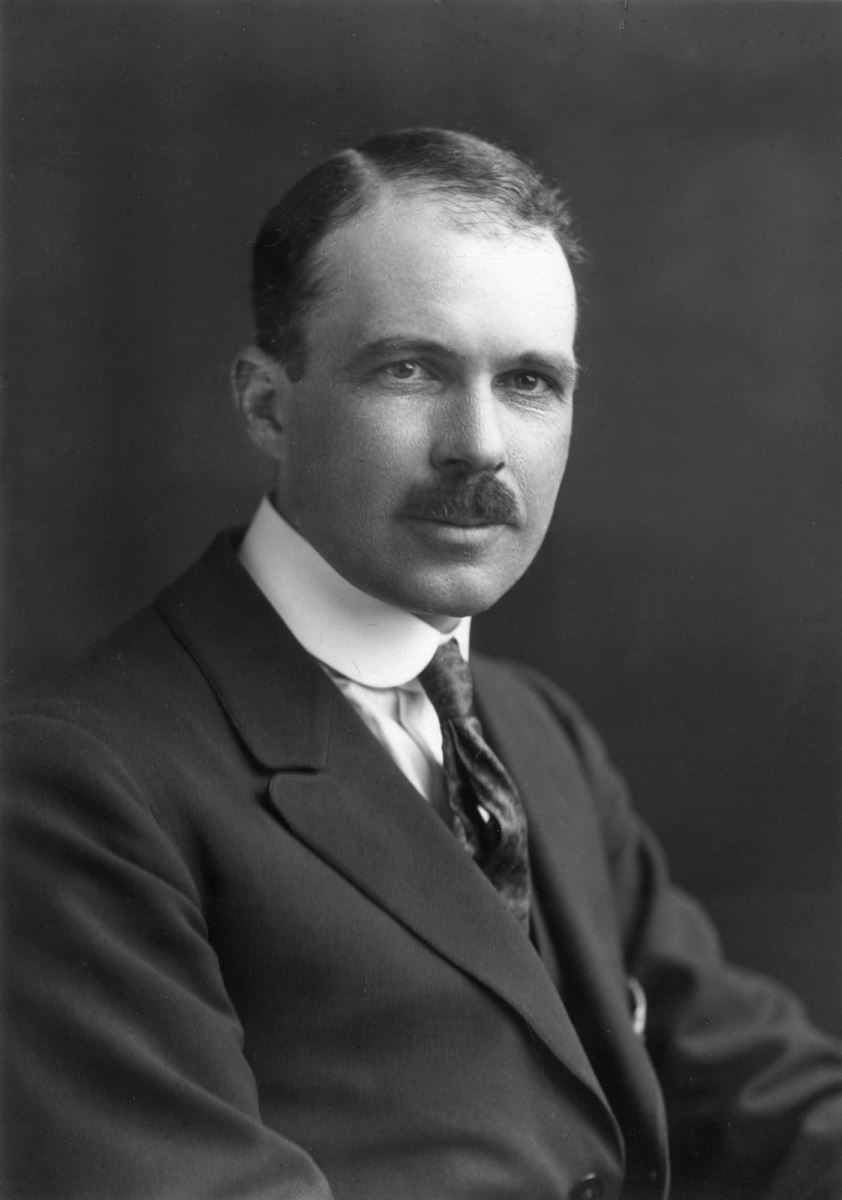
He was Third Wrangler in the Mathematical Tripos, Part I, in June 1884, and was placed in the first class in Part II in the following January. He studied physics in the Cavendish Laboratory during part of 1885, and at the end of that year was elected to the Professorship of Mathematics and Physics in the University of Adelaide, South Australia.
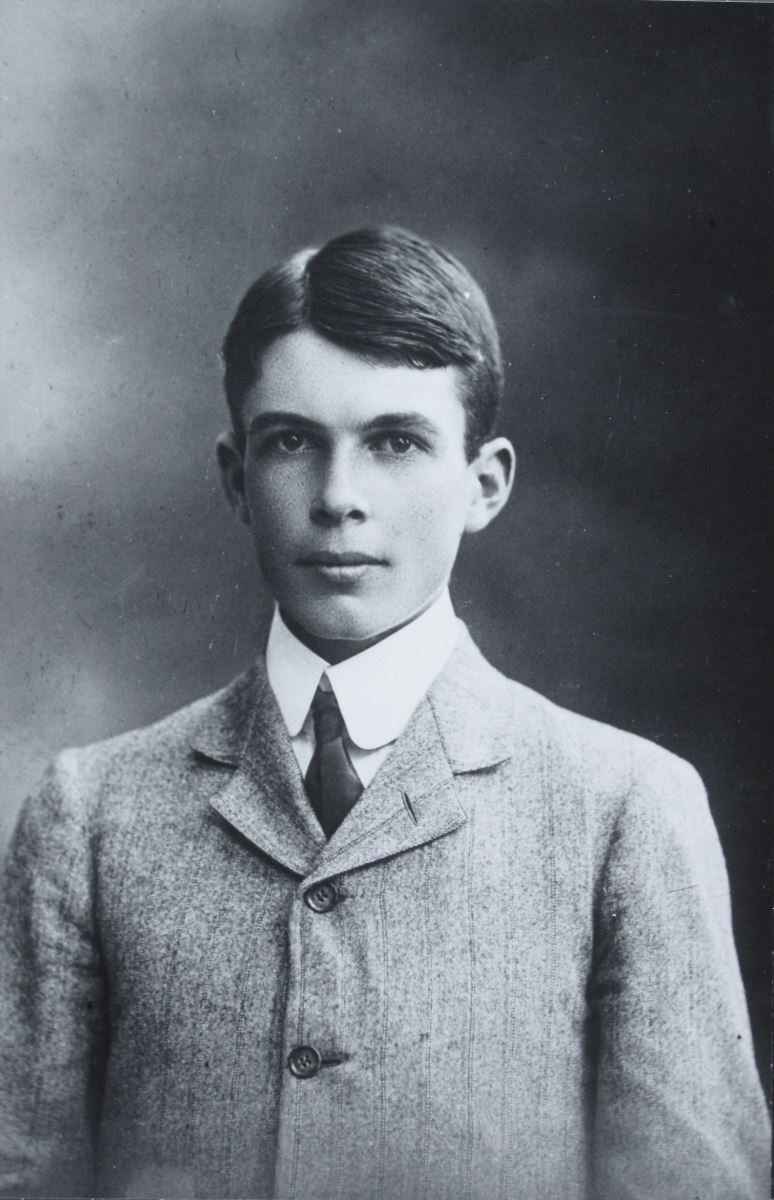
Subsequently he became successively Cavendish Professor of Physics at Leeds (1909-1915), Quain Professor of Physics at University College London (1915-1925), and Fullerian Professor of Chemistry in the Royal Institution.
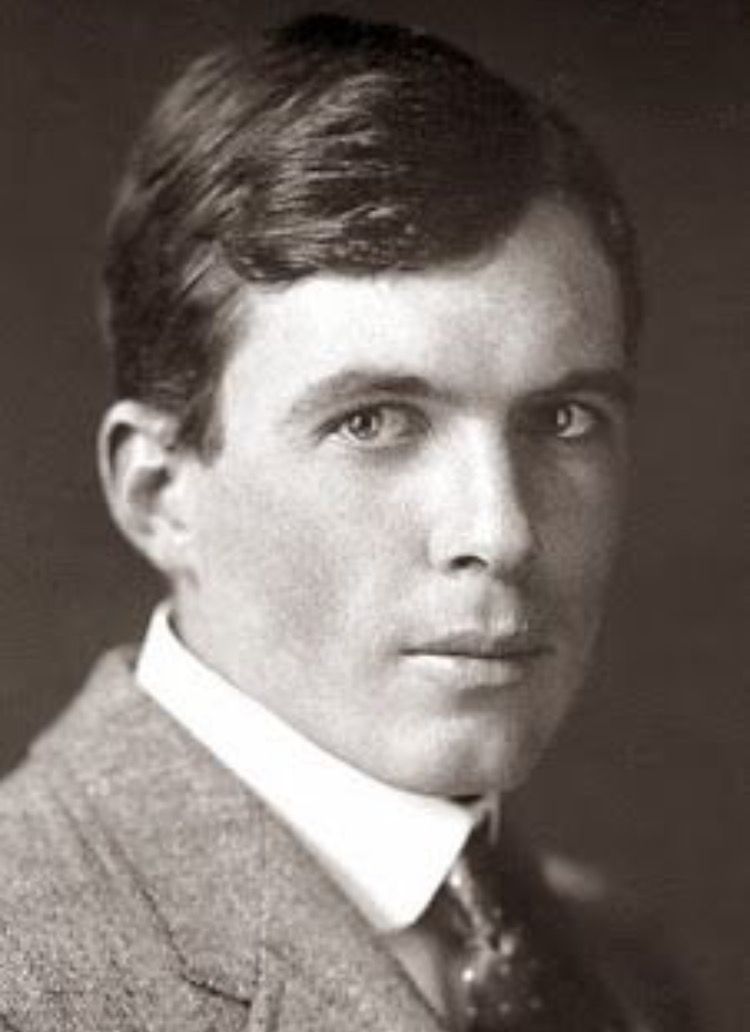
His research interests embraced a great many topics and he was an adept at picking up a subject, almost casually, making an important contribution, then dropping it again. However, the work of Bragg and his son Lawrence in 1913-1914 founded a new branch of science of the greatest importance and significance, the analysis of crystal structure by means of X-rays.
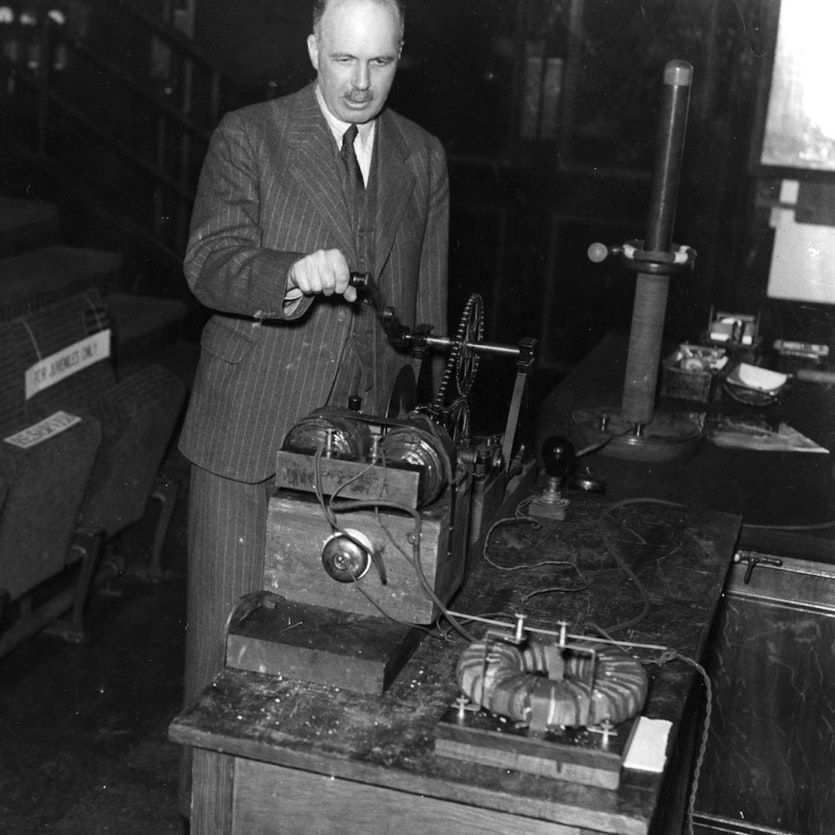
If the fundamental discovery of the wave aspect of X-rays, as evidenced by their diffraction in crystals, was due to von Laue and his collaborators, it is equally true that the use of X-rays as an instrument for the systematic revelation of the way in which crystals are built was entirely due to the Braggs.
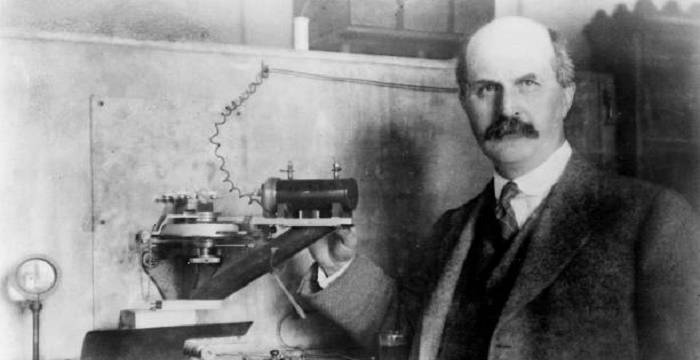
This was recognized by the award of the Nobel Prize jointly to father and son in 1915 for their services in the analysis of crystal structure by means of X-rays. Max von Laue's discovery that diffraction patterns occur when X-rays pass through crystals inspired William and Lawrence Bragg to conduct their own studies in the area.
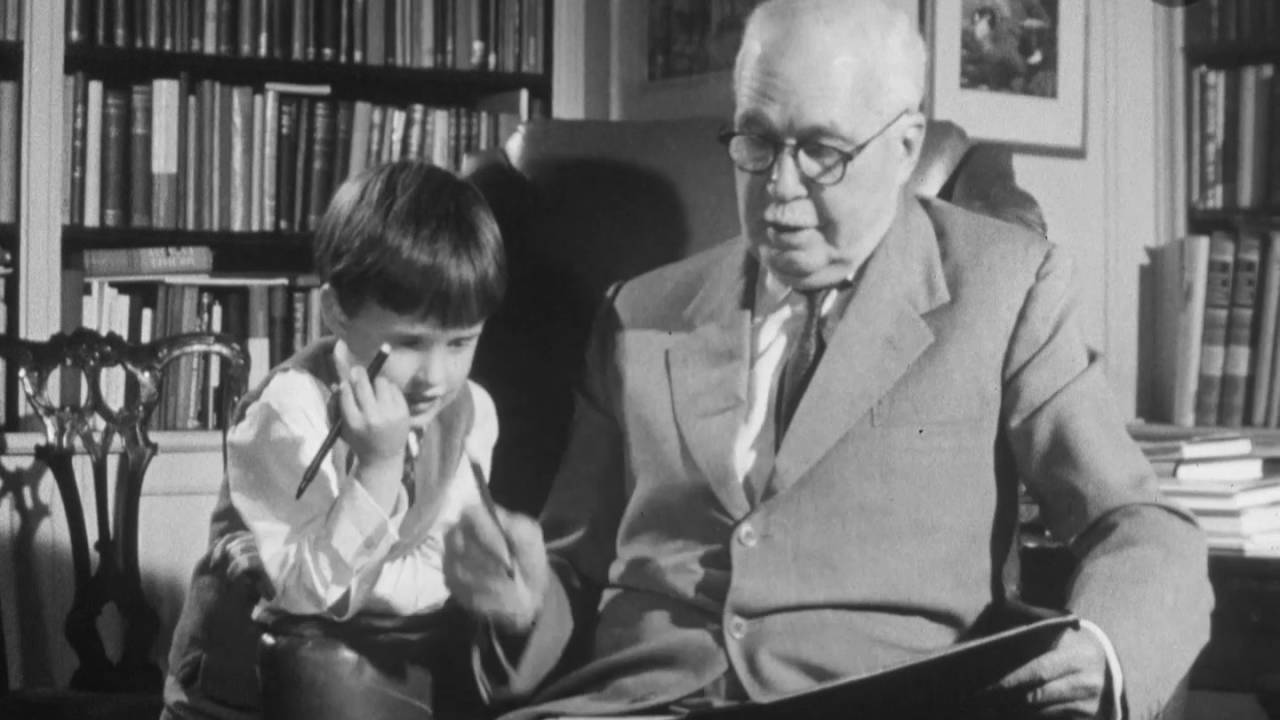
Their contributions included establishing the relationship between the wavelength of the X-ray, its angle of incidence, and the distance between the atomic layers inside the crystal. This provided a powerful tool for studying crystals' structures. Using diffraction pattern methods, it now also became possible to calculate the positions of atoms in crystalline structures.
According to en.wikipedia











